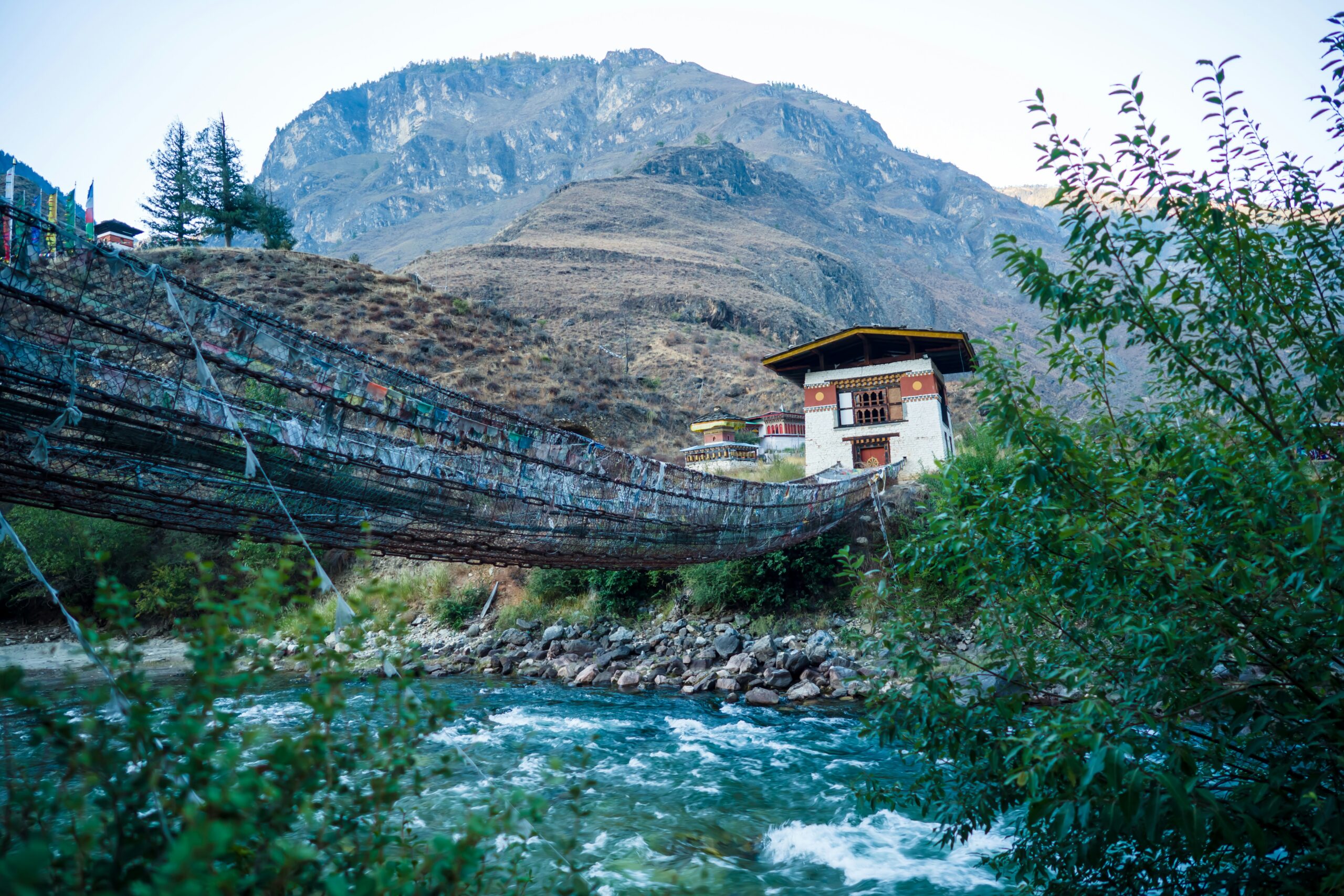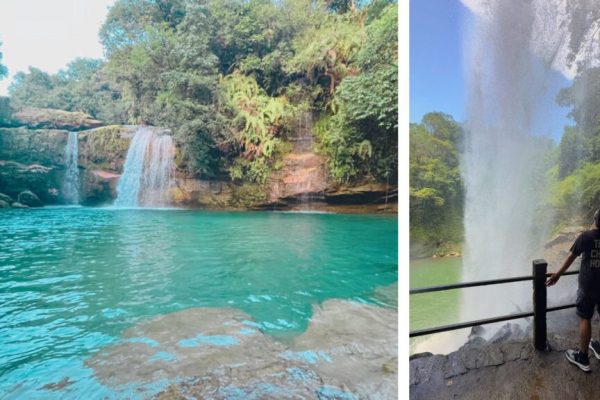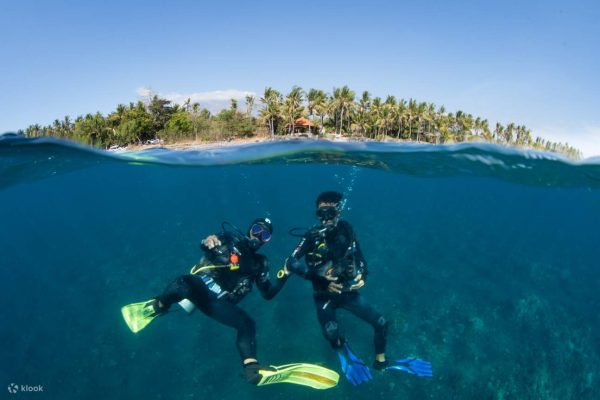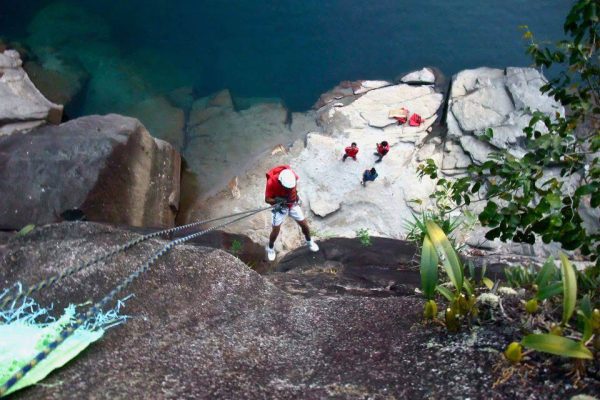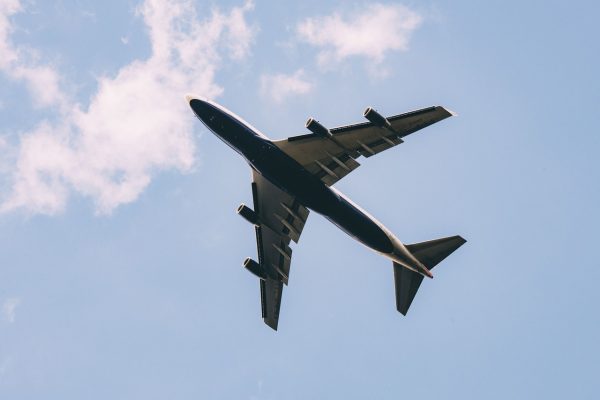Bhutan, the Land of the Thunder Dragon, has always been a mysterious and enchanting country tucked away in the lap of the Eastern Himalayas. Known for its breathtaking landscapes, age-old monasteries, and unique concept of Gross National Happiness, Bhutan offers a soulful escape to travelers seeking peace, nature, and culture. Whether you’re planning a solo retreat or a family getaway, Bhutan welcomes all with warm smiles and peaceful vibes.
When it comes to staying in Bhutan, there’s a rising trend among travelers to pick cozy and local accommodations. If you’re heading to Paro, you’ll find some of the Best Homestays in Paro that not only give you comfort but also a chance to experience Bhutanese lifestyle firsthand. From traditional wooden houses to modern boutique stays, Paro has something for every kind of traveler.
As you explore further into Bhutan, the Phobjikha Valley stands out as a must-visit. Nestled amidst glacial valleys and rolling hills, this place is home to the Gangtey Lodge Bhutan Hotel, one of the finest luxury lodges in the country. Offering world-class amenities paired with panoramic views of the Gangtey Valley, this lodge is a dream for those who love comfort and serenity in the wild.
Why Visit Bhutan?
Bhutan isn’t like any other country. It’s the only carbon-negative country in the world. Over 70% of its land is covered by forests. The government follows a unique development model based on Gross National Happiness instead of GDP. But beyond these facts, what makes Bhutan truly special is the feeling of calm that settles over you as you travel through its untouched valleys and quaint towns.
Facts About Bhutan:
-
Bhutan’s population is just over 700,000.
-
The country’s literacy rate is approximately 71.4% (as of 2024).
-
Bhutanese men wear a “Gho” while women wear a “Kira,” their traditional dress.
-
Smoking in public places is banned.
Top Destinations to Explore in Bhutan
Let’s take a journey through some of Bhutan’s best places that deserve a spot on your itinerary:
1. Paro – A Blend of Nature and Spirituality
Paro is where most international travelers land. It’s home to the iconic Tiger’s Nest Monastery (Taktsang), perched on a cliff 3,000 feet above the Paro valley. Besides that, the town itself is scenic and surrounded by lush green hills and terraced fields.
Must-visit spots:
-
Taktsang Monastery (Tiger’s Nest)
-
National Museum of Bhutan
-
Paro Dzong (Rinpung Dzong)
Things to do:
-
Hike to the Tiger’s Nest
-
Explore local markets
-
Stay in a traditional Bhutanese homestay
2. Thimphu – Bhutan’s Modern Heart
Thimphu is the capital city but don’t expect skyscrapers or traffic jams. It’s the only capital in the world without traffic lights! The city is a mix of tradition and modern development, offering cafes, museums, and cultural experiences.
Top places to visit:
-
Buddha Dordenma (a massive golden statue)
-
Memorial Chorten
-
Folk Heritage Museum
Don’t miss:
-
The weekend market
-
Bhutanese nightlife with cultural music
3. Punakha – Valley of Eternal Spring
Once the capital of Bhutan, Punakha is now famous for its warm climate and the majestic Punakha Dzong. It’s one of the most photogenic places in Bhutan, located at the confluence of the Pho and Mo rivers.
Highlights:
-
Punakha Dzong
-
Suspension Bridge
-
Chimi Lhakhang (Fertility Temple)
Adventure Alert:
-
Go river rafting in Pho Chu River.
4. Gangtey (Phobjikha Valley) – Nature’s Paradise
This glacial valley is perfect for those who love nature and peace. During winter, it becomes the home of endangered black-necked cranes. This valley is serene, untouched, and spiritual in its own way.
Top attraction:
-
Gangtey Monastery
-
Crane Information Centre
Where to Stay:
-
Gangtey Lodge Bhutan Hotel – Wake up to misty mornings and chirping birds in this luxurious mountain lodge.
5. Bumthang – The Spiritual Heartland
Bumthang is often called the “Switzerland of the East.” It’s home to several ancient temples and monasteries that are over 1,000 years old. It’s less crowded and offers raw natural beauty.
Must-see temples:
-
Jambay Lhakhang
-
Kurjey Lhakhang
-
Tamshing Monastery
Local tip: Try the famous Bumthang cheese and buckwheat pancakes.
When is the Best Time to Visit Bhutan?
Bhutan’s weather varies with altitude. It’s important to pick your travel time based on what you wish to experience.
Spring (March to May)
-
Pleasant weather and blooming rhododendrons
-
Best for trekking and sightseeing
-
Famous festivals: Paro Tshechu
Summer (June to August)
-
Rainy season (monsoon)
-
Lush green valleys and fewer tourists
-
Not ideal for trekking due to slippery trails
Autumn (September to November)
-
Clear skies, cool weather
-
Best time for photography and cultural events
-
Famous festivals: Thimphu Tshechu
Winter (December to February)
-
Snow in high-altitude areas
-
Great time to visit Phobjikha Valley for bird-watching
-
Off-season prices
Bhutan Travel Tips
-
Indian, Bangladeshi, and Maldivian nationals don’t require a visa but need a permit.
-
International travelers need to book tours through registered travel agents.
-
Bring cash as many places don’t accept cards.
-
Always ask before taking pictures of locals or monasteries.
-
Respect local customs, especially in temples and dzongs.
Food to Try in Bhutan
Bhutanese cuisine is spicy and rich. Here are some must-try dishes:
-
Ema Datshi: Chili and cheese – Bhutan’s national dish.
-
Phaksha Paa: Pork cooked with red chilies.
-
Momos: Steamed dumplings with meat or veggies.
-
Red rice: A local staple with a nutty flavor.
-
Suja: Butter tea – salty, not sweet!
Sustainable Travel in Bhutan
Bhutan promotes sustainable tourism with a “high value, low impact” policy. The country charges a daily fee called the Sustainable Development Fee (SDF), which helps preserve the environment and support local communities.
Daily SDF for tourists:
-
$100 per person per night (as of 2024, subject to changes)
FAQs About Visiting Bhutan
Q1. Is Bhutan expensive to visit?
Yes, Bhutan focuses on high-value tourism. The daily SDF ensures that tourism does not harm the country’s culture and environment.
Q2. Can I travel to Bhutan on my own?
International tourists must book through a registered tour operator. However, citizens of India, Bangladesh, and the Maldives can travel independently but still need permits.
Q3. What currency is used in Bhutan?
The Bhutanese Ngultrum (BTN). Indian Rupees (INR) are also widely accepted.
Q4. What is the dress code in Bhutan?
Modest clothing is appreciated, especially when visiting temples. Traditional dress is worn by locals during festivals and official occasions.
Q5. How many days are enough for Bhutan?
7 to 10 days is ideal to explore major destinations like Paro, Thimphu, Punakha, and Phobjikha.
Final Thoughts
Bhutan is a treasure trove of culture, nature, and tranquility. Whether you’re admiring the views from a mountaintop monastery, sipping tea in a local café, or staying at one of the Best Homestays in Paro, you’re bound to fall in love with this mystical kingdom. Don’t forget to spend a few nights at places like the Gangtey Lodge Bhutan Hotel to truly experience luxury amidst nature.
With its sustainable approach to tourism and its commitment to happiness, Bhutan promises a travel experience like no other. Pack light, breathe deeply, and let the magic of Bhutan change you forever.

